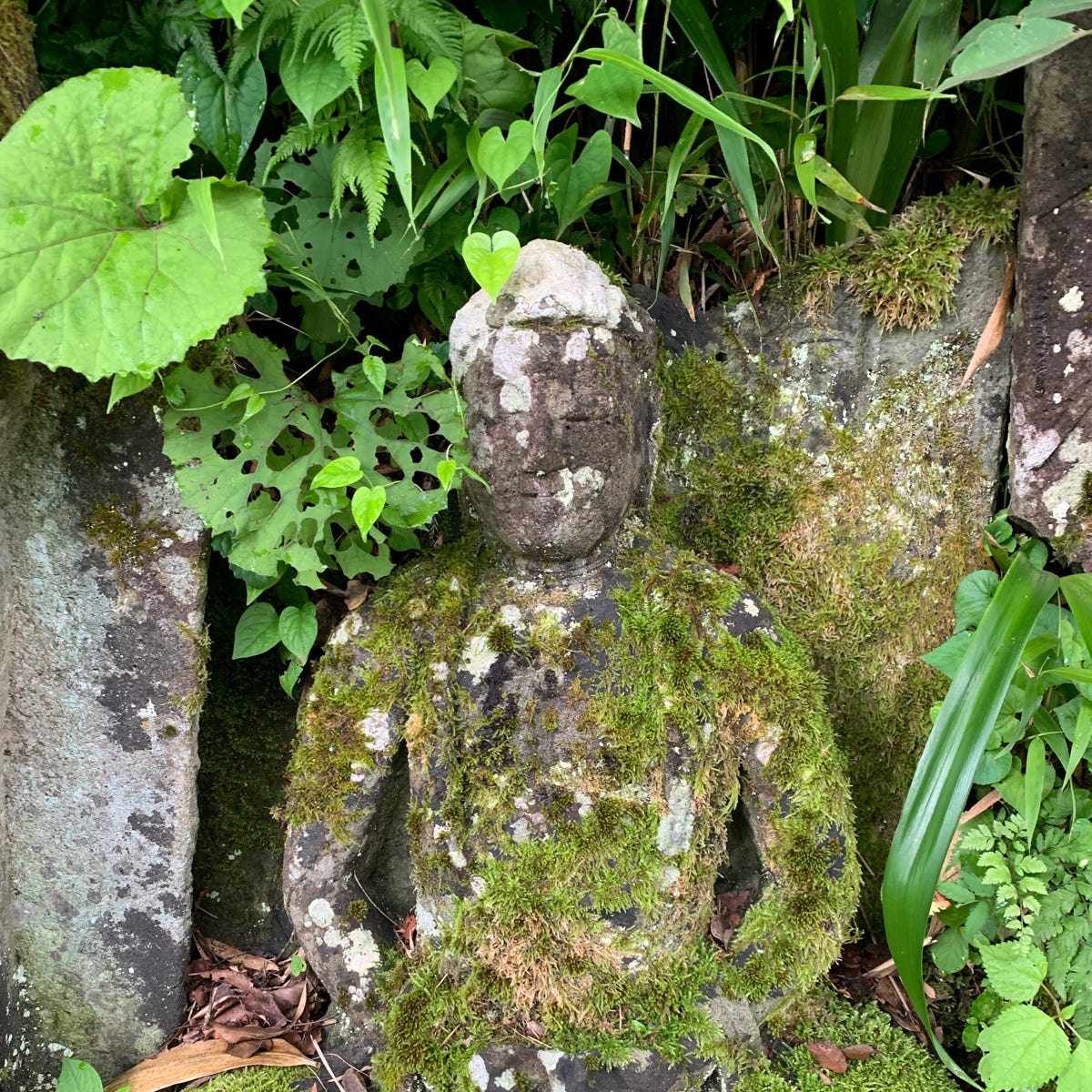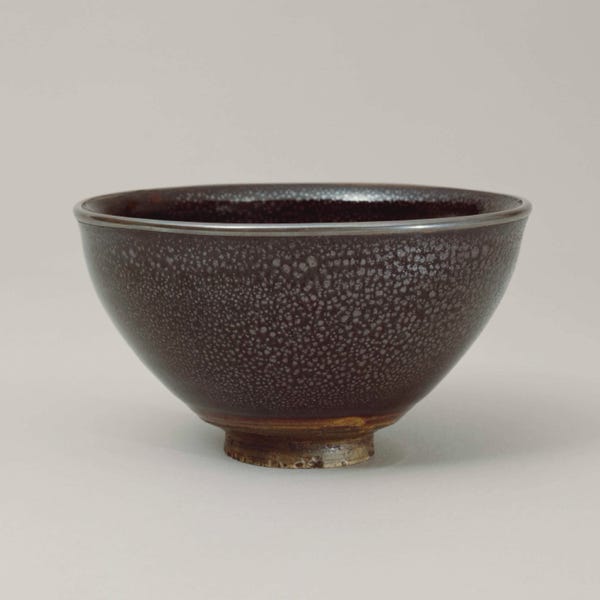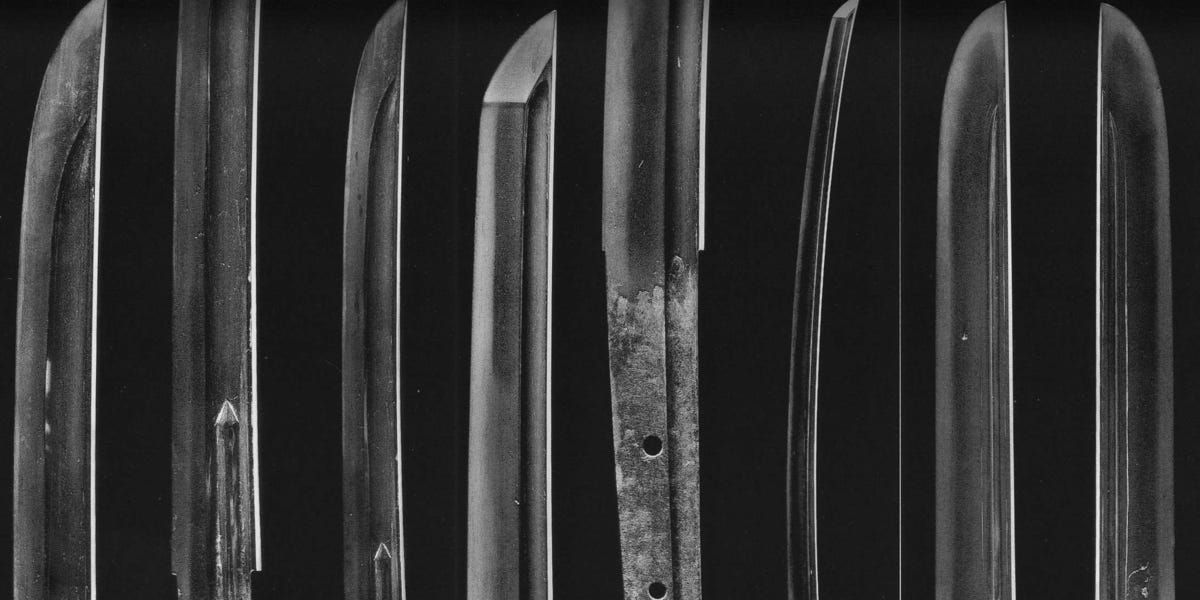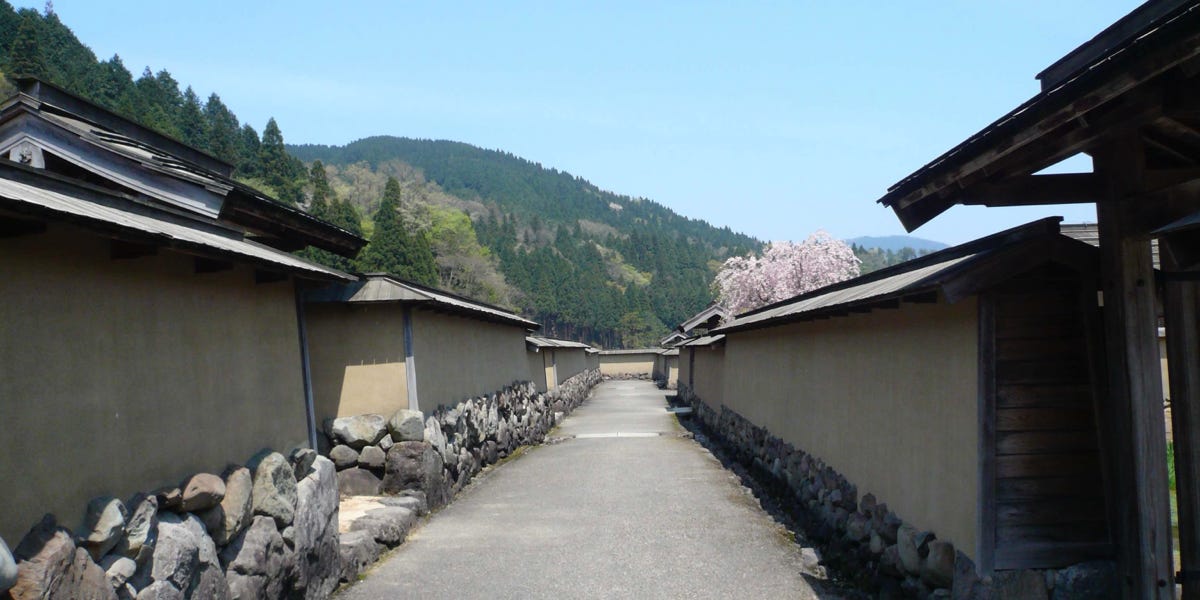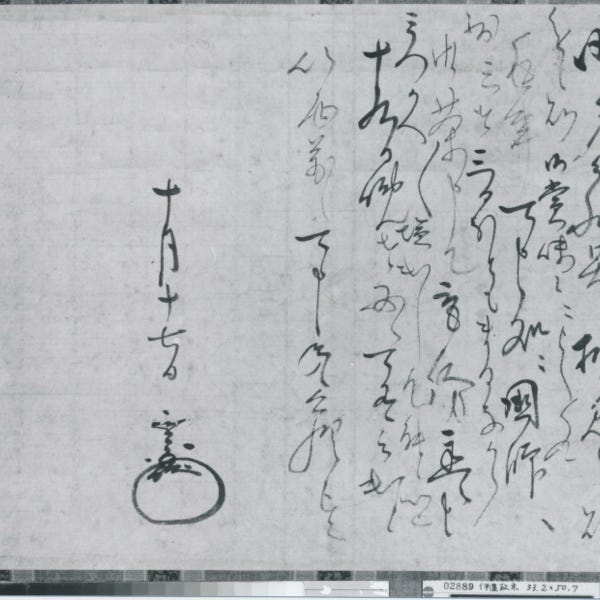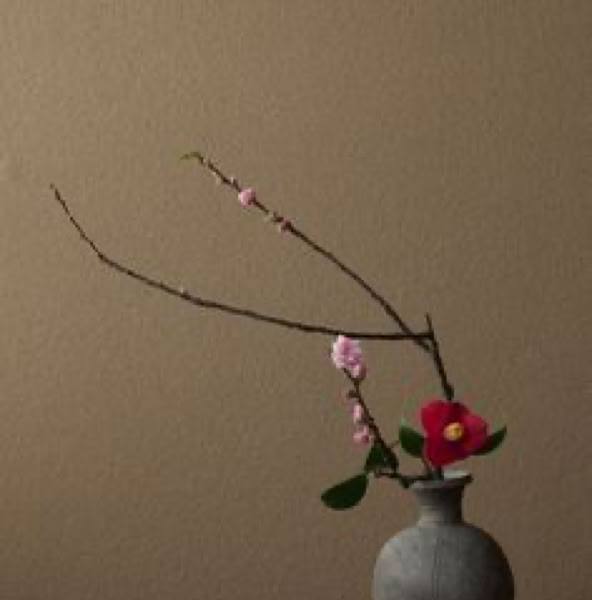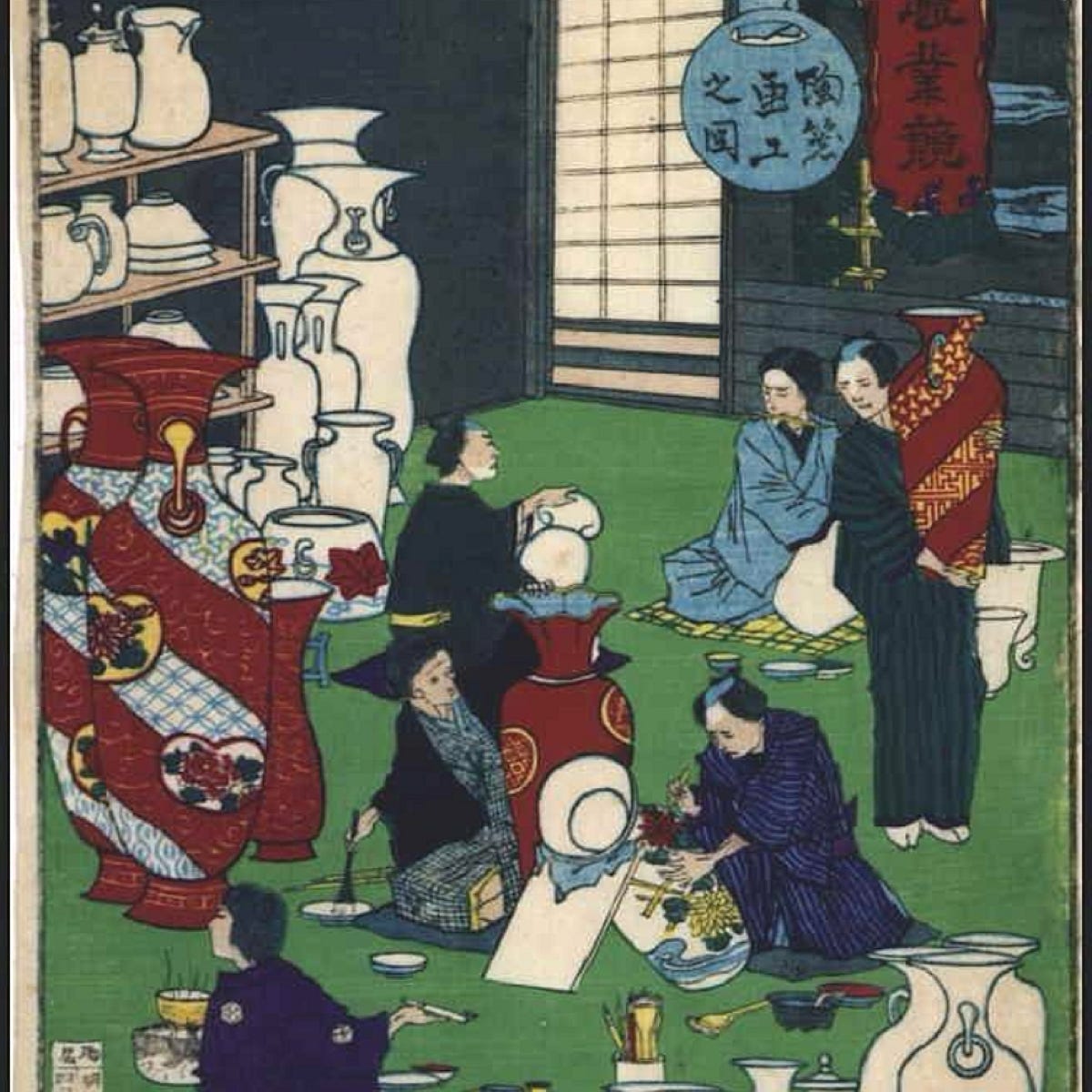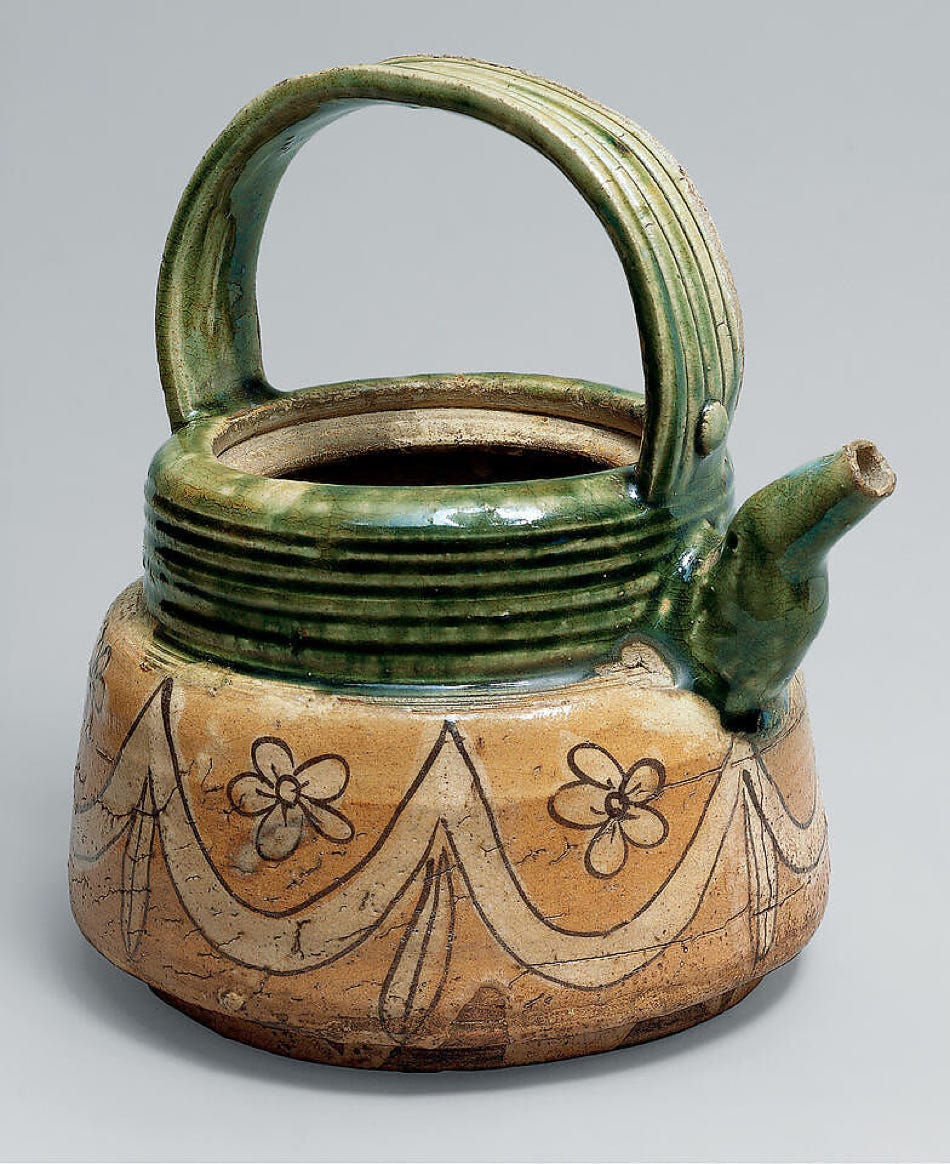This book explores the interplay between material culture and environmental transformation in early modern Kyoto. Through an examination of ceramics, urban archaeology, and environmental history, the book traces how natural elements—earth, water, tea, flora and fauna, climate, and fire—shaped the city’s development from the unification era through the late 17th-century. Each chapter focuses on a specific environmental theme, revealing how Kyoto’s artisans, merchants, and elites engaged with and adapted to their surroundings. The narrative culminates in an epilogue that connects early modern practices to contemporary environmental and cultural movements, positioning Kyoto as a city where nature, culture, and commerce have long been deeply intertwined.
